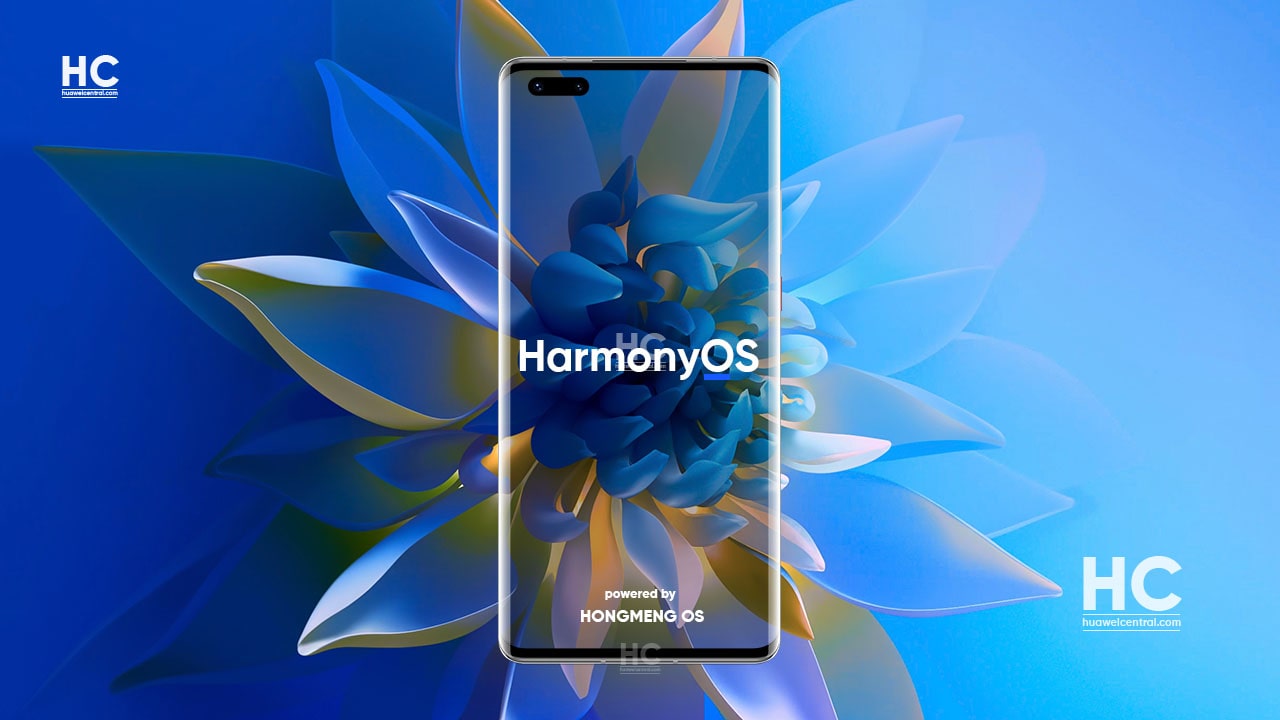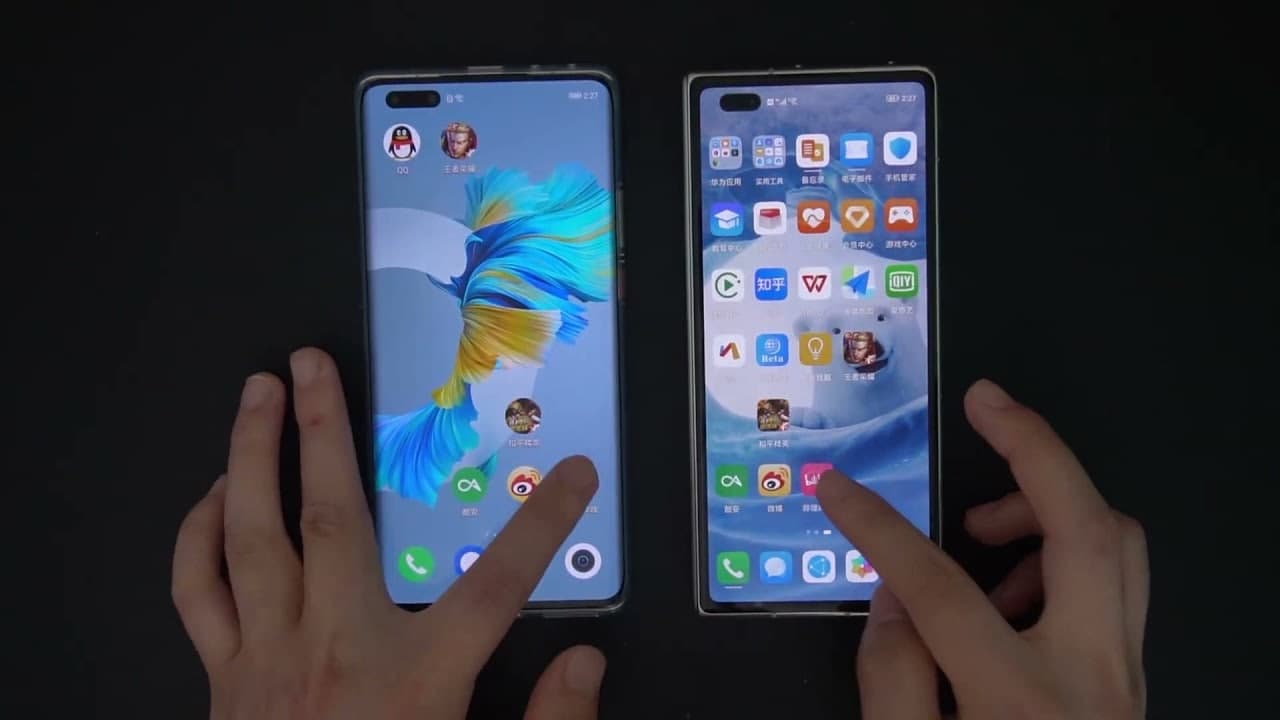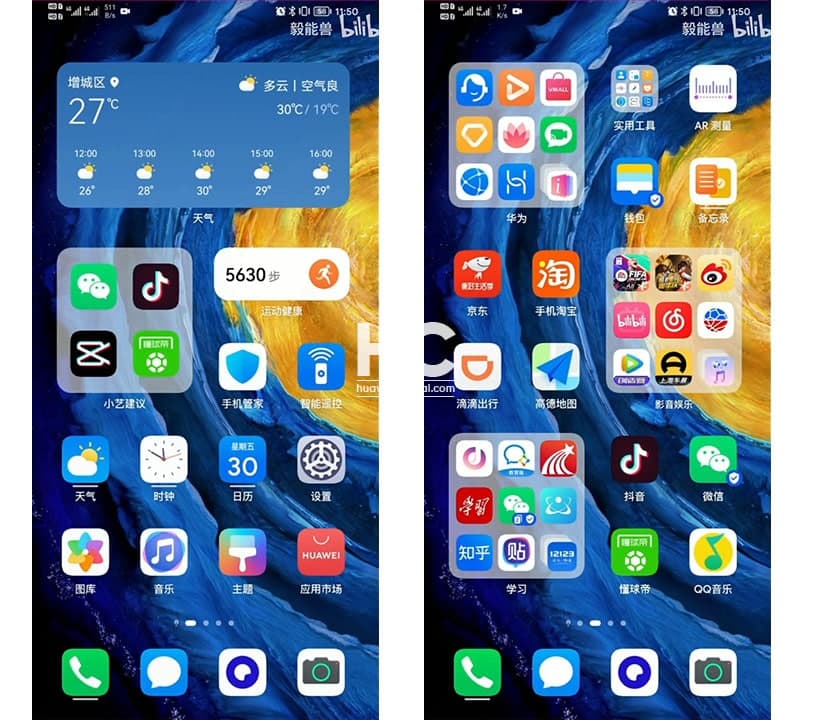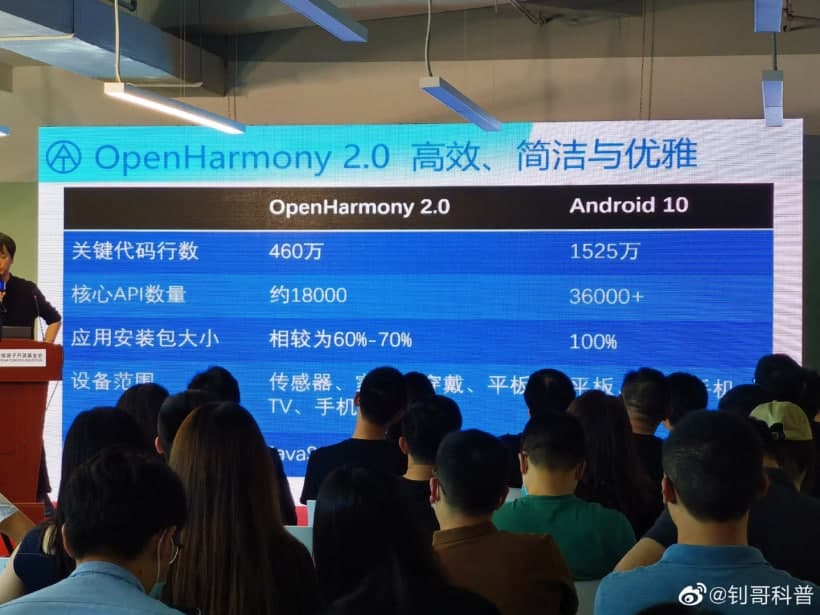HarmonyOS
Huawei HarmonyOS For Smartphones: High performance, lower power consumption and third party phone makers

Huawei is set to launch HarmonyOS on June 2, and the company so far has tested a number of developer beta builds of this operating system in order to serve it among general smartphone consumers.
HarmonyOS installed devices:
Currently, the HarmonyOS 2.0 developer beta testing pool consists of flagship devices such as Huawei Mate Series including Mate X2, Mate 40, Mate 30, and MatePad together with the P40 series smartphone.
On the other hand, the mid-range Nova Series including Nova 8, Nova 7, and Nova 6 devices along with Huawei MatePad 10.8″ model are also shifting on Huawei HarmonyOS developer beta and enjoying the features.
HarmonyOS features:
Living up to our expectations, the new OS brings plenty of features with a delightfully designed UI. We can also see the seamless and flawless working experience deliver by these functions. The list of new features includes namely:
- New animations
- Homescreen gilding
- New card system with round corners
- Resizable widgets
- App transitions
- App icon swipe up gesture
- Camera app layout
- Quick setting panel
- New apps: Youku, Sina News, and CCTV
- Improved display of exercises and health steps
- Smart Virtual Assistant
Moreover, all these above-mentioned specialties come with the HarmonyOS 2.0 mobile developer beta. As the stable rollout is yet to come, we can assume that Huawei will surely doesn’t stop here.
As of now, users seems to really happy after getting these feature, as they not only improved the mobile system performance but also speed-up the app functioning. We can understand it in the following terms-
- Faster Boot Speed
- Better App Loading
- App Startup Fluency
- Quicker App Response
What does HarmonyOS give us: High performance, lower power consumption
No doubt that HarmonyOS 2.0 mobile developer open beta has a lot of benefits over the last EMUI software update. Huawei’s self-developed HarmonyOS not only improved the system performance but also assures lower power consumption.
After getting the beta builds many users observe the high performance and lower battery draining in their respective smartphones.
High Performance:
Any device’s performance based on many aspects including memory allocation, app fluency, booting speed, app loading/responding time, system flow, and many more.
The HarmonyOS has been perfectly met all these requirements and boosts the device performance. It successfully delivers the next-level user experience that we are expecting from the software.
Lower Power Consumption:
A test conducted between the HarmonyOS installed Huawei Mate X2 and EMUI 11 installed Huawei Mate 40 Pro shows the result in favor of HarmonyOS equipped device.
As per the results, the Mate X2 device running on the HarmonyOS beta built has lower power consumption compared to the EMUI 11. King of Glory and Peace Elite HDR, two famous mobile games were used to conduct this.
The winning device shows not only a better result but also provides stable frames per second performance while playing the game. (Read More)
Unsurprisingly, online games and video streaming causes most of the battery drainage. But, we can see from the results that Huawei HarmonyOS installed devices can be long-lasting in comparison with others.
HarmonyOS and third-party:
After having so many high-grade capacities in the HarmonyOS, the question lingering in our mind is that, are the third-party smartphone makers are willing to accept HarmonyOS.
There are a few things, which need to be clear before we jump on this topic. First, HarmonyOS (AKA HongMeng OS) was initially launched for the IoT devices such as smart wearables, which include earbuds, smartwatches, and smart bands alongside other devices like smart screens and applications.
Second, many third-party vendors, which includes about 280 application partners and roughly 20 hardware vendors are approaching Huawei regarding the HarmonyOS. In this line, we have already seen the devices of Swiss conglomerate Tissot and Chinese appliance company Midea Group working on Huawei HarmonyOS.
Furthermore, a report also revealed that the Chinese smartphone maker- Meizu, will be using HMS Core in its smartphone and label them under the Huawei Mobile Services, which is currently the world’s third-largest mobile ecosystem. We are expecting that in the future, more makers will shake hands with Huawei to use the HarmonyOS.
HarmonyOS and smartphone makers:
Finally, when Huawei starts rolling out HarmonyOS update for smartphones, peoples are hoping to see it running on third party phone vendors too.
Although Huawei HarmonyOS is open-source system software and this Chinese tech firm is also willing to express supports for the other third-party mobile phone makers, which are willing to install the HarmonnyOS on their manufacture phones.
However, we have not received any news from the other manufactures in regards to HarmonyOS. Because everything has a fixed price that has to be paid.
We can understand this matter in a simple way, suppose if Android on MIUI is replaced by HarmonyOS then Xiaomi mobile services will gradually be replaced by HMS. As the result, the system advertising and application distribution revenue will be directly cut off of Xiaomi.
In fact, if other smartphone vendors will start using the HarmonyOS in their devices the market share of HarmonyOS will gradually become larger and indirectly the benefit will go to Huawei.
In this equation, the L2 branch of Huawei HarmonyOS has been submitted to the open-source warehouse recently. To be mentioned, L2 is a version that completely removes the Android code. It belongs to the pure Hongmeng OS and can only run the HarmonyOS application.
Adding to this, the L3 to L5 branch is a dual-frame version used to encapsulates the Android code. It will be an open-source ecosystem in the future.
Conclusion:
Clearly, no one will allow losing their own money and make mechanisms for the benefit of others. Meanwhile, we can’t deny that this is an early-stage process and Huawei is yet to complete the establishment of HarmonyOS.
Open source is a good choice and has room for improvement. There are more surprises are waiting in the future, also it’s too early to conclude any decision regarding HarmonyOS but if we think in the right direction, the direction will lead you to success.











